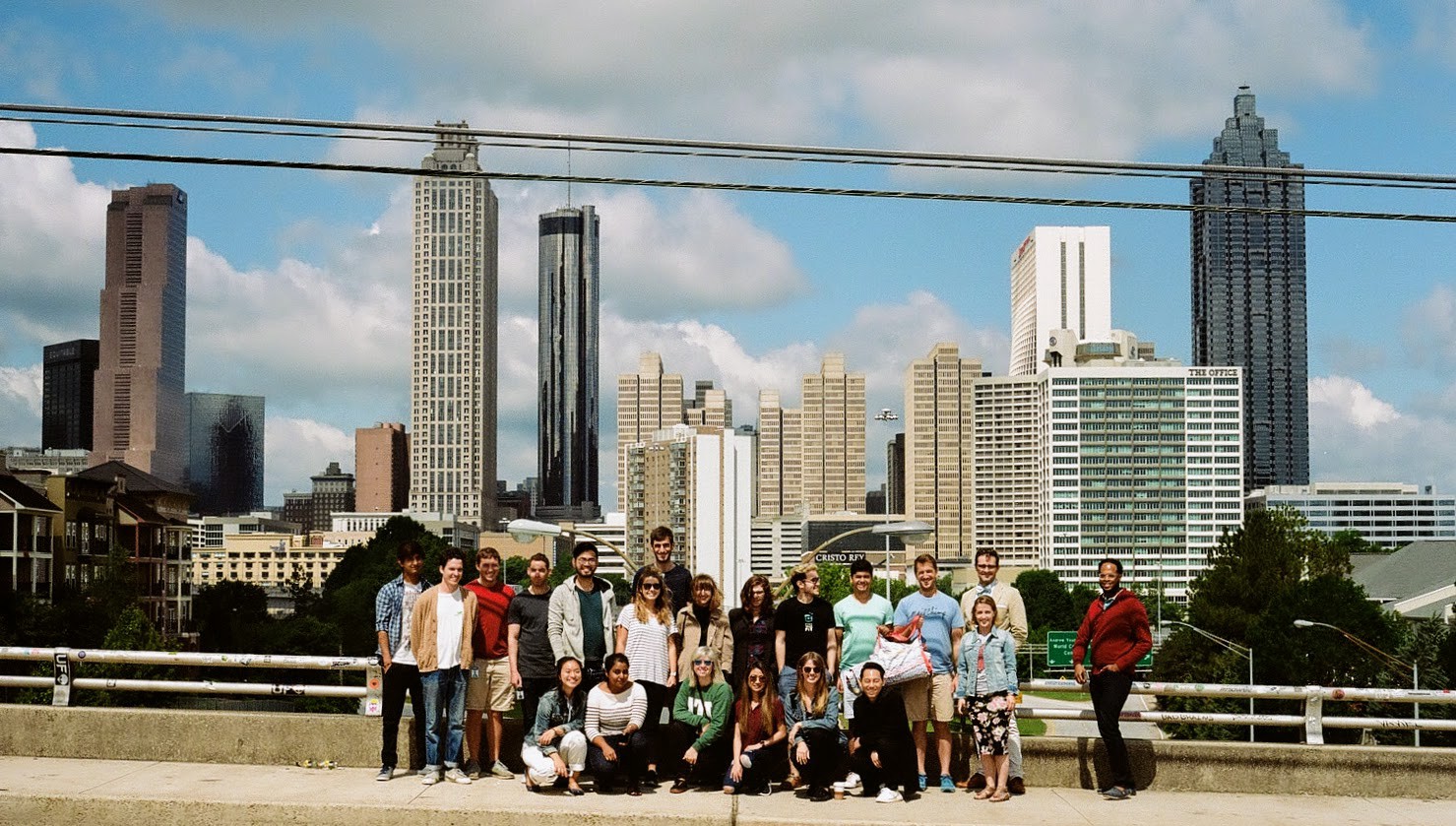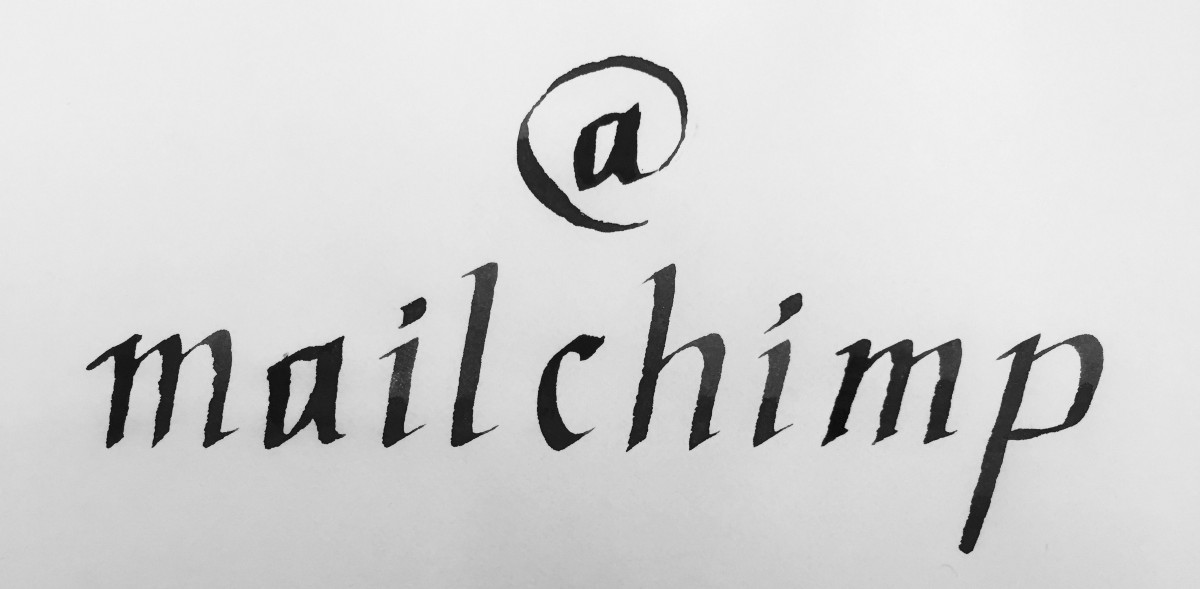On Being Humble
Be modest. Your accomplishments to date have brought you this far, but don’t depend on it to bring you any further. That design competition you won, painting sold to a museum exhibition, or local media sensation? Cheers to having your hard work rewarded. Keep it up. Your accomplishments in the future starts with the effort you pay forward today. If you were banking to rest on your laurels, adjust your mindset and attitude now. There is still much more to learn.
Ask for help. Being humble also means not being afraid of appearing dumb. In fact, the dumbest thing you can do is to let yourself suffer in silence for several hours, perhaps days, before finding the right person who can relieve you of all of your worries in 2 minutes. The more questions you have answered beyond your own individual strengths, understandings, and capabilities, the more you are learning, growing, and being exposed to what you wouldn’t have known otherwise.
Be vulnerable. To receive the best pointers for improvement, you have to let others tell you the hard things. Invite challenges and embrace conflict — it is what fosters a dynamic of honest disagreement. People aren’t necessarily diminishing your perspective when presenting you with a different viewpoint; it could very well just be your blind spot and an angle you have overlooked. Striving to understand a perspective that you have come into conflict with is the real challenge.

Surprise and delight! Courtesy of MailChimp’s mascot.
On Being Creative
Make friends with EVERYONE. The best ideas, perspectives, and opinions can come from any corner of your company. Note that I didn’t say team. I grab lunch or frequently hang out with cross-functional team members, so that they get to know me, and hopefully become comfortable enough to share their “non-designer” suggestions when reviewing my mockups. The feedback I receive in this manner is often the best! It’s usually raw, pure, unfiltered, and a good measure of how a user will react to my designs in the wild.
Align commitment. To gain buy-in from multiple stakeholders, empower them to share their ideas. The quickest way to lose a person’s support is to tell them what should be done and how to think. Give others the space to expand, nurture, and grow their own views. If someone came up with an idea, and you adopt it — you can bet that they will help you pursue that idea to the end of the world. Plus, they will be your best advocate and help push the idea to its maximum potential.
Care responsibly. Trust allows your colleagues to suspend judgment — which is essential to growing new ideas. And the fastest way to earn a person’s trust is to treat their personal needs with care when it is first shared. In other words, invest in your work relationships. Once a person knows you have their back, it leads to a fruitful and open collaboration and ultimately a highly-functioning team. On the flip side, when trust is left unattended, miscommunications or misunderstandings become harder to resolve.
Care responsibly about the environment too. The environment is the invisible forces that are shaping everyone’s behavior. This means when your colleague is underperforming, it is rarely because of a lack of talent, but an obstacle, barrier, or resistance that they are currently facing. That could be anything from a lack of information and unreasonable expectations, to non-existent communication or a bad day outside of the office. To help, I do what I can to extend a hand and let the people I collaborate with feel like they are set up for success, not failure. The resulting positivity benefits not just the creative outcome but everyone’s spirit.
Embrace constraints. Small team. Technical difficulties. Short deadlines. Strategic priorities. Diverging opinions. Converging assumptions. Its counterintuitive, but try it out. Constraints are often just the frames to your paintings. Constraints are also a fair measure of how your design was able to go above and beyond to conquer the impossible — because you had to work with what you have. It is my belief that the ability to discover, consider, and work with as many constraints as you can is the prerequisite to building creative confidence.

MailChimp interns class of 2017.
On Being Independent
Always look to contribute more. What that means for a designer is to never assume the work is done. Consider that there are probably several more edge cases you didn’t catch, or that your work has yet to be formatted for an effective hand-off to engineers. If you have time, you can also pay extra attention to the needs of other departments you’re in contact with (e.g. user research and product management). People will appreciate it.
Everyone can be a leader, believe it or not. IMHO leadership is role-modeled at the top, but started at the bottom. Don’t wait for the head of your department to suggest a change for improvement; act on an issue when you see it and share the results afterwards. This means you will have to ask for forgiveness over permission. In my own experience, this usually accelerates a project’s progress by virtue of staying proactive — because you are no longer stranded with a problem at hand.
Stand up for your perspective. Taking ownership of your creative vision is hard. People will naturally question and challenge an idea that has never been seen or heard before. I have come to see pushing through all of that external skepticism as an unspoken responsibility as a designer. You have to first own your truth internally, and validate it for yourself to even begin to prove the value of it. Plus, people respect your ideas more when they see you are willing to take a stand for them. This doesn’t mean fighting. It means that you want to assert your perspective so it is heard as a solid contender.
Respect your team leads. Leadership is hard. It is a lot of work — that is why it is rare to see leadership from the bottom up. A good leader has to provide a sense of direction, a secure goal to work towards, and keep a pulse on everything from the business side, executive orders at the top, and each individual contributor below for effective management. A good leader also provides the social structure to communicate, contacts for help, and access to knowledge in other areas of the company. However tough your design problems may be, the responsibilities will fade in comparison to the pressure and stress a leader has to handle every day for you. Therefore, the least you can do is pay some respect.
